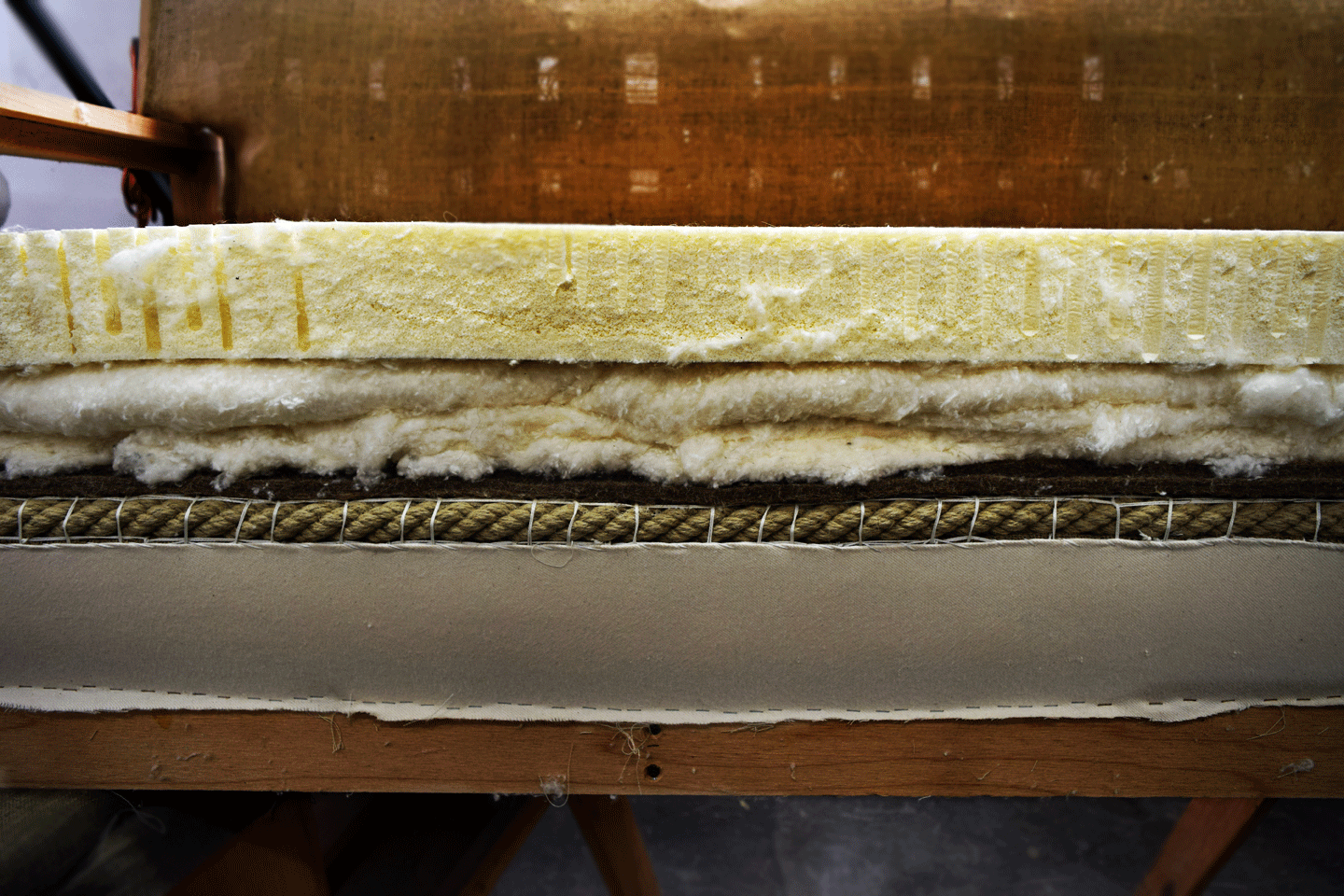The wool we use in our furniture exemplifies our commitment to taking our core values as far as humanly possible. From the beginning, we have worked hard to find independent craftspeople, artisans and farmers in the Pacific Northwest who raise animals and produce superior wool batting and fabrics using sustainable and fair trade practices. Our goal is to make them part of a ‘living mission’ framework of production.
At Ecobalanza, living these also values requires that the origin, ethics of production and quality of these products is as important as the feel and aesthetic. That is why we offer our customers the ability to follow all aspects and components of the manufacturing and material to their very tangible origins.
The following farms and cooperatives and artisans with their own unique stories, methods and missions illustrate perfectly this Ecobalanza commitment:
- A community of Decater Island in the Puget Sound’s San Juan Islands is a unique living example of a new evolving industry community. A number of concerned local farmers organized to re-domesticate a herd of hearty feral Scottish Blackface sheep that were the surviving livestock of a farm abandoned in the 1950s. Out of this venture formed a unique grassroots cooperative concerned for the welfare of the animals who are in turn producing a marketable product from their wool to sustain the animals and the cost of their care.
- High-quality raw wool used for felting is sourced from a business in Chehalis run by Meg and Brad.
- We source fine Cheviots Lamb’s wool, known for its resilience and memory for use in batting from Caroline in Snohomish.
- Maggie and Jim are skilled needlepoint specialists in Monroe who craft wool felt for Ecobalanza.
Contact us if you would like to learn more about our suppliers or visit our workshop in Seattle to touch and smell our 100% chemical free materials.





